Degree Day data can be added at the Root level, and then copy and pasted (using Paste Link) to individual Sites.
There are 18 Degree Day areas, some customers will need all of them (if they are nationwide), others will only need 1 or 2, depending on where their Sites are located.
The Standard Degree Day is 15.5'C (which we provide monthly figures on), but can also be:
5.5 Cooling
18.5 (Hospitals)
Degree days are a specialist kind of weather data, calculated from readings of outside air temperature. Heating degree days give an indication of the energy consumption required for heating (in cold weather); cooling degree days give an indication of the energy consumption required for cooling (in hot weather).
Once created, it can be viewed and updated in the Estate Management Activity.
In this section:
The Channel is created at the Root level and then copied to each relevant Site.
Set up a Degree Day Channel for each of the areas your business covers.
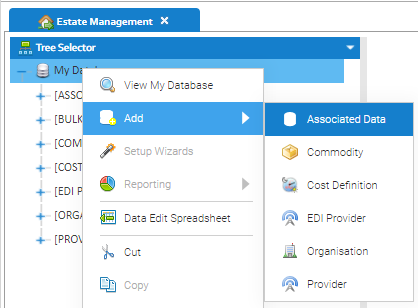
The Associated Data Editor pop up appears:
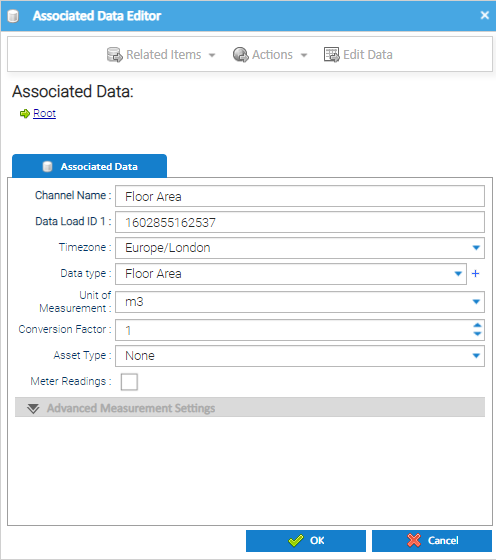
Complete as follows:
| Field | Suggested Value |
|---|---|
| Channel Name | Note: Complete this after you have chosen the Data type as it will default to whichever Data Type you have chosen Best Practice: Enter the Degree Day area, followed by 'Degree Day', for example Thames Valley 15.5 Degree Days |
| Data Load ID 1 | Automatically generated. but if you are updating monthly with the figures produced by Team, change to, for example 1:Thames Valley (see below for more details) |
| Timezone | Defaults to GMT |
| Data type | Choose the Degree Days (this will pre-fill the Channel Name |
| Unit of Measurement | Choose DD |
| Conversion Factor | Defaults to 1 |
| Asset Type | Choose from the dropdown or leave blank |
| Meter Readings | Do not tick |
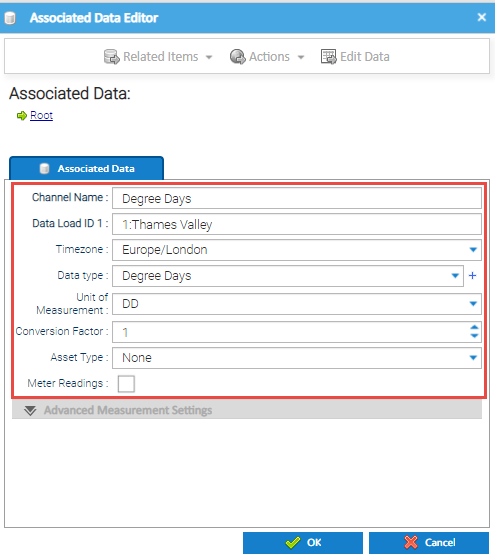

Repeat the above for all the areas you need Degree Day data for.
Below are the Data Load IDs if you want to import the data monthly, using the data we publish monthly.
Enter the appropriate area code in the Data Load ID field on each Channel you are creating. (exactly as written below)
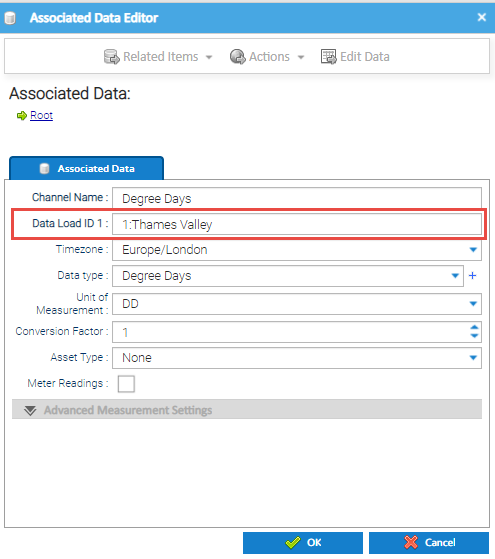
Once you have the Channel at Root level, copy it to the relevant Sites.
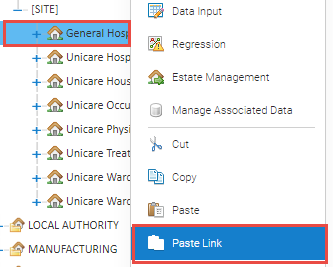
Generally, this would be updated monthly.
If you have multiple Degree Day areas, it maybe easier to use the download to update (see below).
However, if you only have 1 or 2 you may want to manually add the value each month. You do not need to add a value to each Site if you use the Copy and Paste Link option. Updating at the Root level will update all Sites with the same Data Load ID.
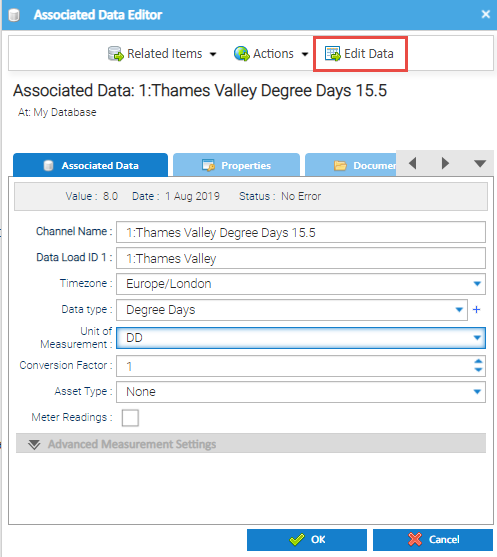

The Add Readings pop up appears
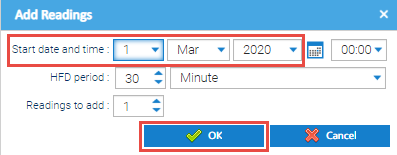

The Data Load ID in the Channel must be correct for the data to be uploaded successfully. (see above)
TEAM publish the 15.5 Degree Day data monthly on the Support webpage: Team Support
The file contains the last 10 years of data. It does not matter that you are uploading data that may already exist in the Channel, the file will overwrite what is already there.
Once in the Support portal:

Once you have downloaded the file, use Importing Activity to import the data.
As you have used the copy and Paste Link method, all Degree Day Channels with the same Data Load ID will be updated, ie all those Sites in the Thames Valley area that have a Data Load ID of 1:Thames Valley will be updated with the last ten years of 15.5 Degree Day data.
The data will be imported into all the Degree Day Channels.
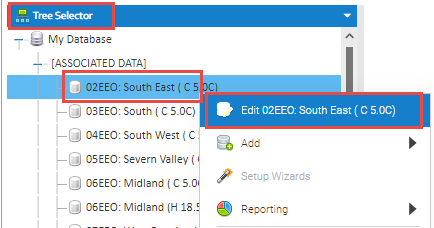
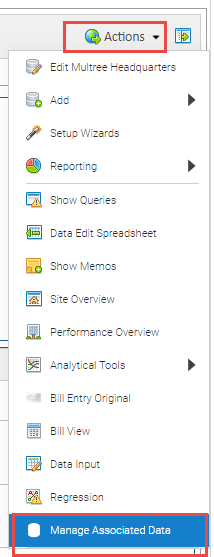
The Associated Data pop up appears, showing the Degree Day is at Root Level (but has been copied and paste linked to this Site)
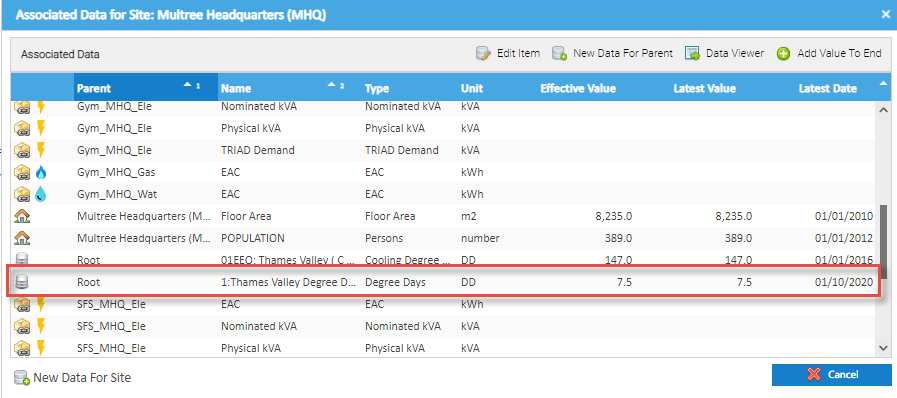
Click here for more information on the Estate Management Associated Data option